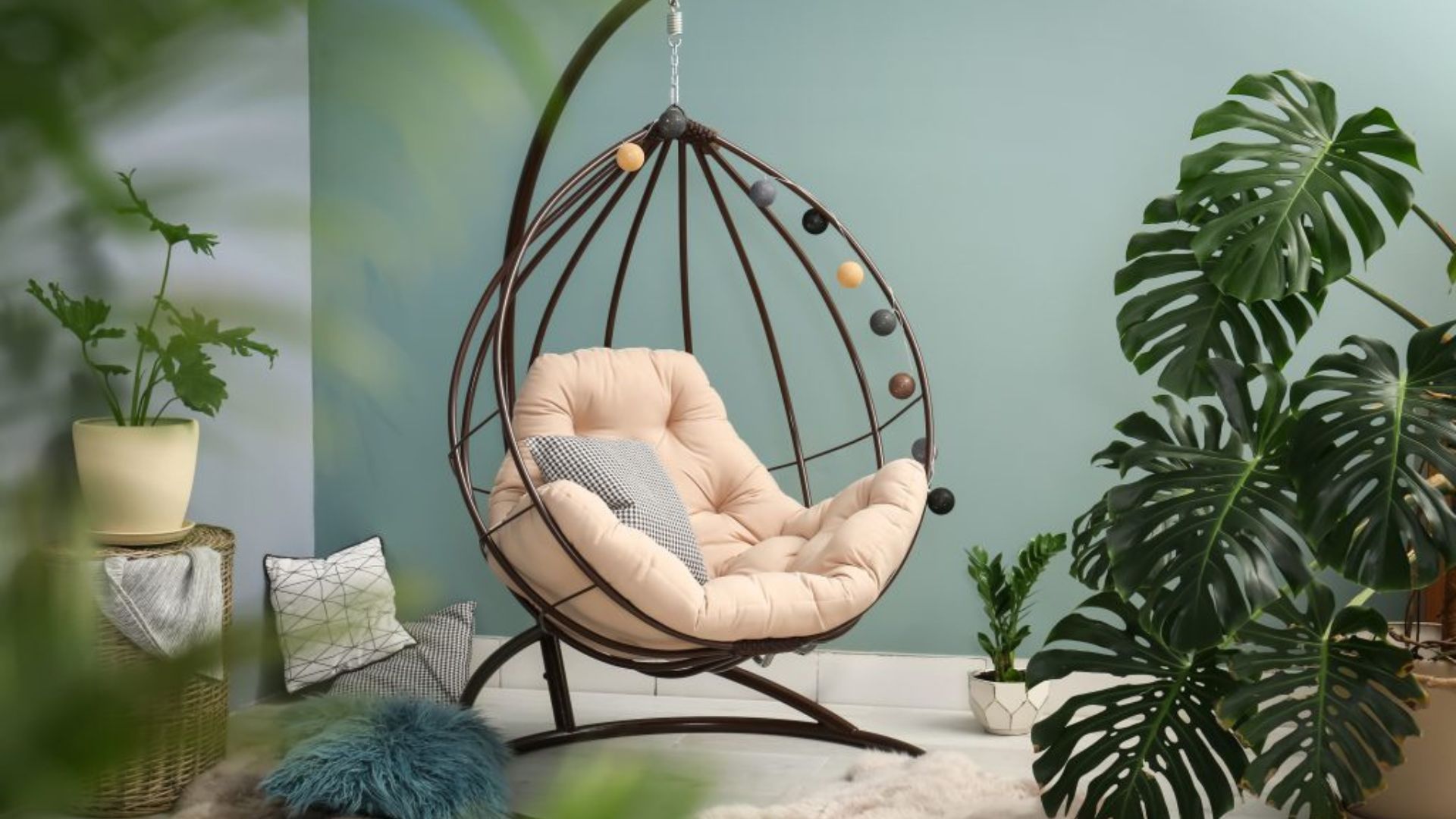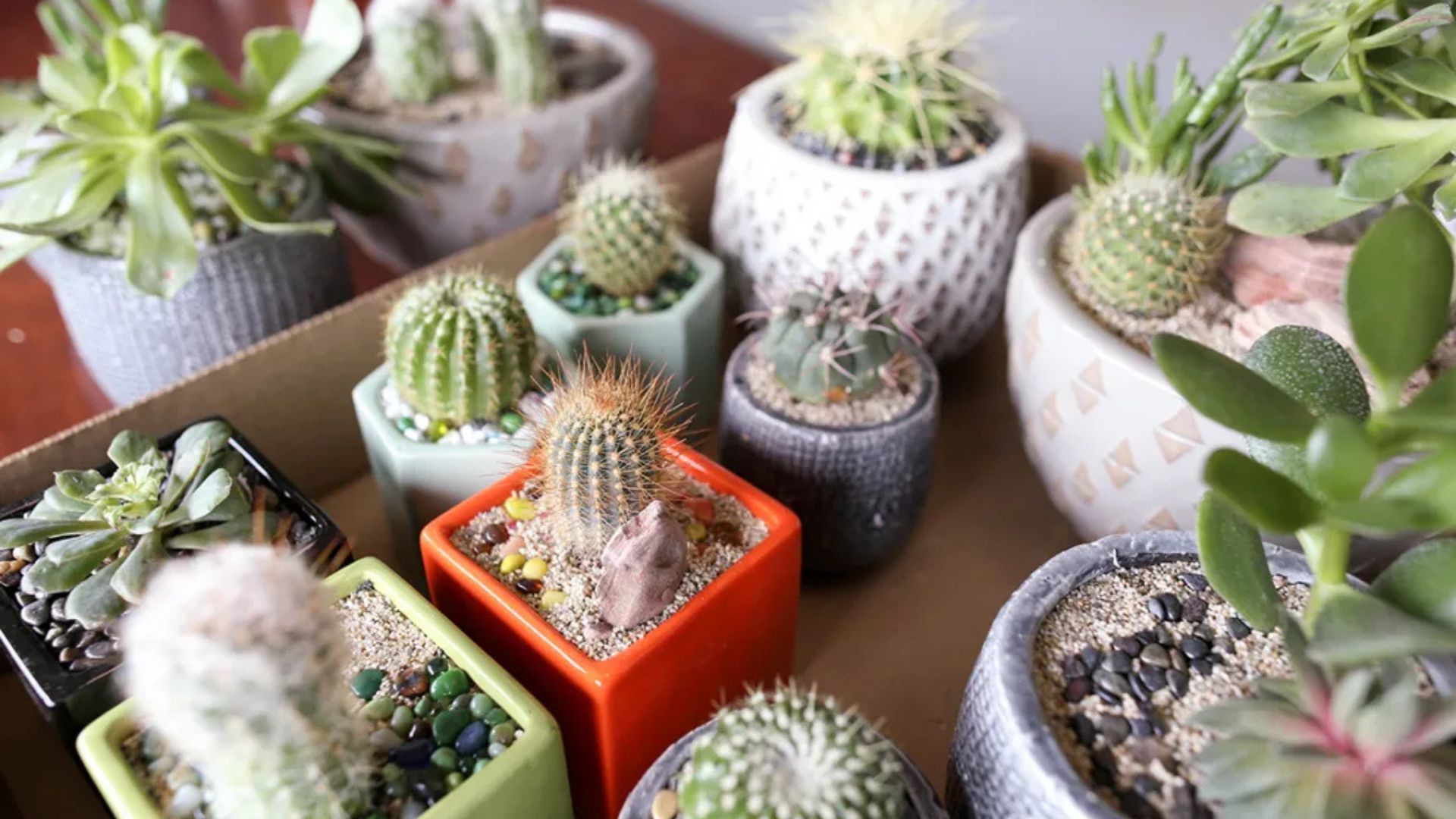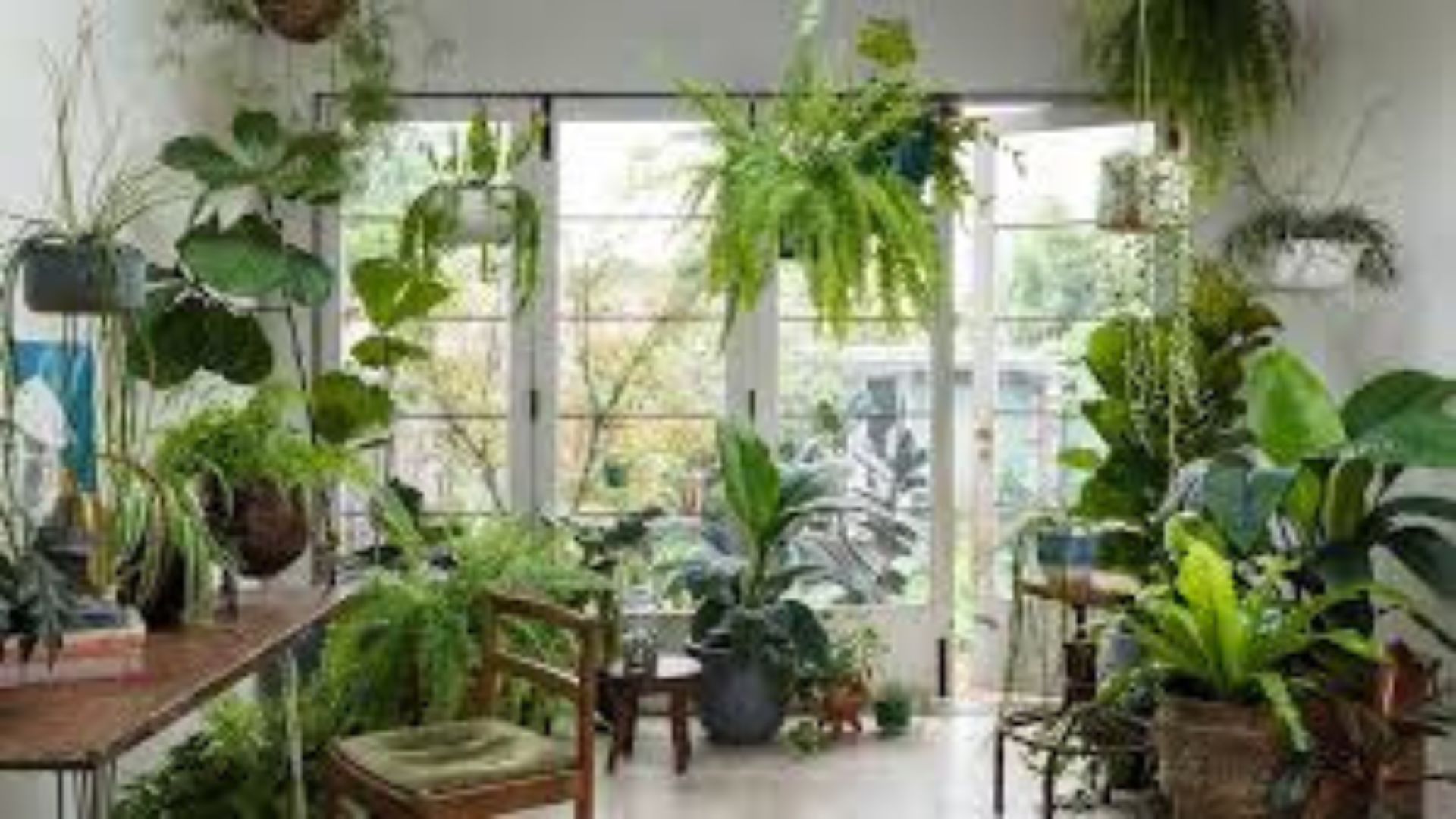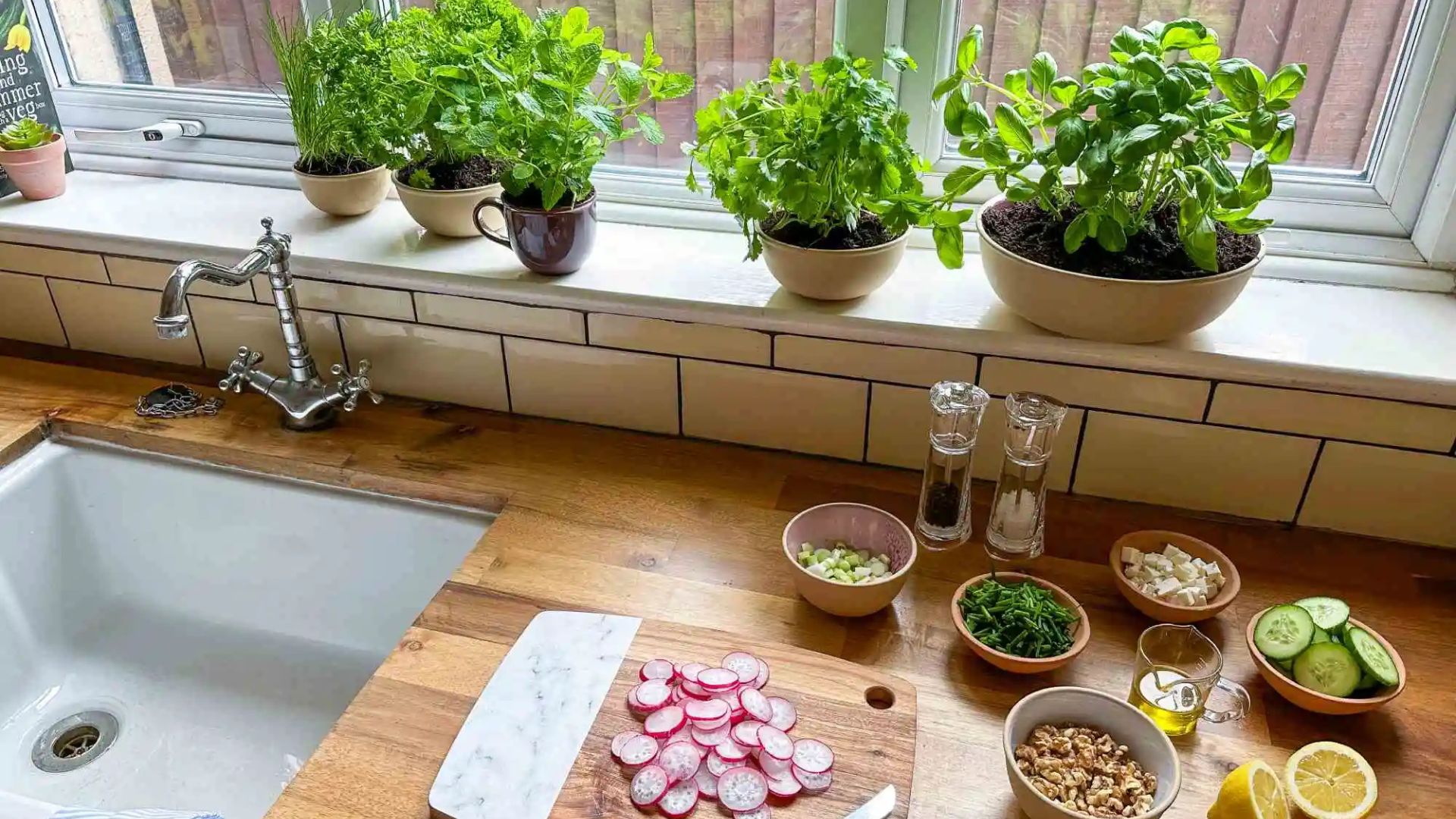The Ultimate Guide to Indoor Plant Care for Beginners
Welcome to the wonderful, sometimes overwhelming, world of indoor plants. There’s a reason why filling our homes with greenery has become a beloved modern ritual. Plants do more than just beautify a space; they purify our air, reduce stress, and bring a little piece of nature’s calm into our daily lives. But if you’ve ever brought a vibrant new plant home only to watch it droop and yellow weeks later, you know that the journey isn’t always smooth.
Fear not! This guide is designed to demystify the process and set you on the path to becoming a confident plant parent. We’ll walk you through the five fundamental pillars of indoor plant care, recommend some foolproof starter plants, and help you troubleshoot common problems. Let’s turn your black thumb into a green one.
The Five Pillars of Happy, Healthy Houseplants
Think of plant care as a balancing act. Getting these five elements right—or at least close enough—is the secret to a thriving indoor jungle.
1. Let There Be (The Right) Light
Light is food for your plants. Understanding what kind of light you have is the single most important step.
- Bright Direct Light: This is unfiltered sunlight, usually from a south-facing window. Only sun-worshippers like cacti, succulents, and fiddle leaf figs can handle this intense exposure for long periods.
- Bright Indirect Light: This is the gold standard for most popular houseplants like Monsteras, Pothos, and Philodendrons. The plant receives plenty of light, but the sun’s rays never directly touch its leaves. Think a spot a few feet away from a south or west window, or directly in an east-facing one.
- Medium to Low Light: These are shadier spots, further from windows or in north-facing rooms. Plants like the Snake Plant, ZZ Plant, and Cast Iron Plant are champions in these conditions. Remember, “low light” doesn’t mean “no light.”
Pro Tip: A simple shadow test can help. On a sunny day, place your hand where the plant will go. A crisp, dark shadow indicates direct light. A soft, fuzzy shadow means indirect light. A faint, barely-there shadow suggests low light.
2. The Art and Science of Watering
Overwatering is the #1 killer of houseplants. The goal is to mimic a natural rainforest cycle: a heavy drink followed by a period where the roots can access oxygen.
- The Finger Test is Your Best Friend: Forget the schedule. Stick your finger about 2 inches into the soil. If it feels dry, it’s time to water. If it feels moist, wait a few days and check again.
- Water Thoroughly: When you do water, do it properly. Add water slowly until it runs freely out of the drainage hole at the bottom of the pot. This ensures the entire root ball gets hydrated.
- Empty the Drip Tray: Never let your plant sit in a saucer full of water. This leads to soggy soil and root rot, a fast track to a dead plant.
3. The Foundation: Potting Mix and Pots
Your plant’s soil is its home. It needs to provide support, nutrients, and the perfect balance of moisture and aeration.
Never use garden soil in indoor pots. It’s too dense and harbors pests. Instead, use a high-quality, well-draining potting mix. For succulents and cacti, look for a specific mix with added sand or perlite for extra drainage.
Your choice of pot is equally important. Pots with drainage holes are non-negotiable for beginners. Terra cotta pots are excellent because they are porous, allowing the soil to dry out more evenly and preventing overwatering.
4. Creating a Comfortable Climate: Humidity & Temperature
Most popular houseplants are native to tropical regions where humidity is high. Our heated and air-conditioned homes can be very dry.
- Boost Humidity: Group plants together, use a humidifier, or place pots on a pebble tray filled with water. Misting provides only a temporary boost and can promote fungal issues on some plants, so it’s not the most effective long-term solution.
- Avoid Drafts and Vents: Keep plants away from blasts of hot or cold air from heating vents, air conditioners, and frequently opened doors.
5. Nutrition: Feeding Your Plants
Plants growing in pots eventually use up the nutrients in their soil. That’s where fertilizer comes in.
During the active growing season (spring and summer), feed your plants with a balanced, water-soluble fertilizer diluted to half-strength, about once a month. In the fall and winter, when growth slows, most plants are happy to take a break from feeding.
5 Can’t-Kill Plants for the Absolute Beginner
Start your collection with these resilient and forgiving varieties to build your confidence.
- Snake Plant (Sansevieria): Thrives on neglect. Tolerates very low light and infrequent watering.
- ZZ Plant (Zamioculcas zamiifolia): Another ultra-tough customer that can handle low light and drought.
- Pothos (Epipremnum aureum): A fast-growing vine that tells you when it’s thirsty (it wilts dramatically) and bounces right back after a drink.
- Spider Plant (Chlorophytum comosum): Produces adorable “pups” on long stems. Prefers to dry out between waterings.
- Cast Iron Plant (Aspidistra elatior): As the name implies, this plant is nearly indestructible and tolerates low light, low humidity, and irregular watering.
Troubleshooting Common Plant Problems
- Yellow Leaves: Often a sign of overwatering. Check the soil moisture and ensure your pot has drainage.
- Brown, Crispy Leaf Tips: Usually caused by low humidity or underwatering. Increase humidity or check your watering frequency.
- Drooping Leaves: Can be a sign of both overwatering and underwatering. Let the soil be your guide—check it with your finger!
- Leggy Growth or Small Leaves: This indicates the plant isn’t getting enough light. Move it to a brighter location.
While we typically focus on creating green sanctuaries with indoor plants, we appreciate when other businesses excel in their specialized environments. Just as we cultivate the perfect atmosphere for plant growth, the team behind Casino VIP Jokaviproom has mastered crafting premium entertainment spaces.
Whether you’re nurturing a peace lily in your living room or enjoying refined leisure activities, attention to detail makes all the difference in creating exceptional experiences.
Your Journey Starts Here
Remember, every expert plant parent has a history of plants that didn’t make it. It’s all part of the learning process. Pay close attention to your plants—they are excellent communicators. Observe their leaves, their posture, and the condition of their soil. This mindful observation is the true secret to success.
Feeling inspired? The best way to learn is by doing. Visit our nursery today, and our friendly, knowledgeable staff will help you find the perfect beginner plant for your specific home environment. We’re here to support you at every step of your plant parenthood journey. Happy growing!









